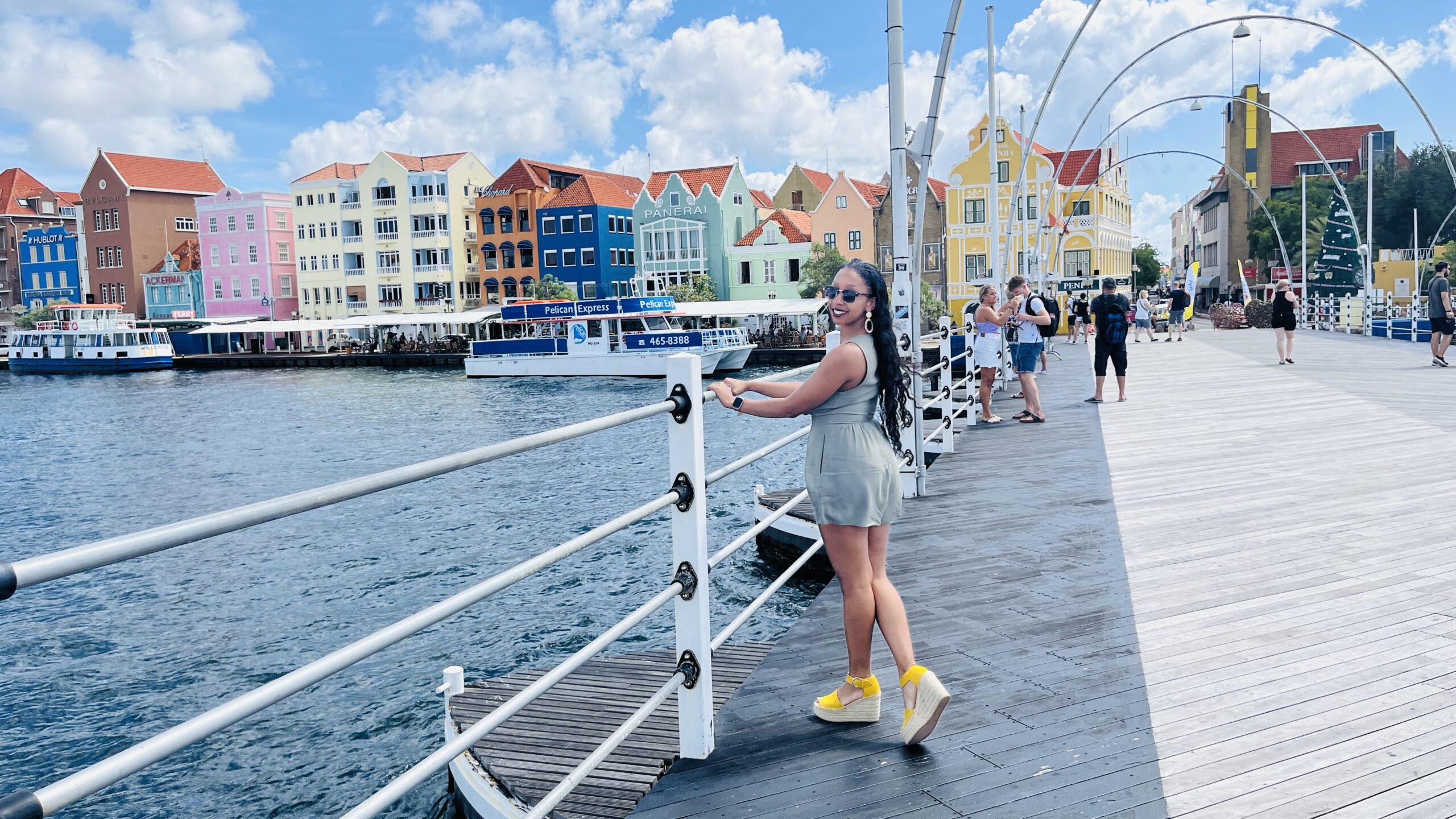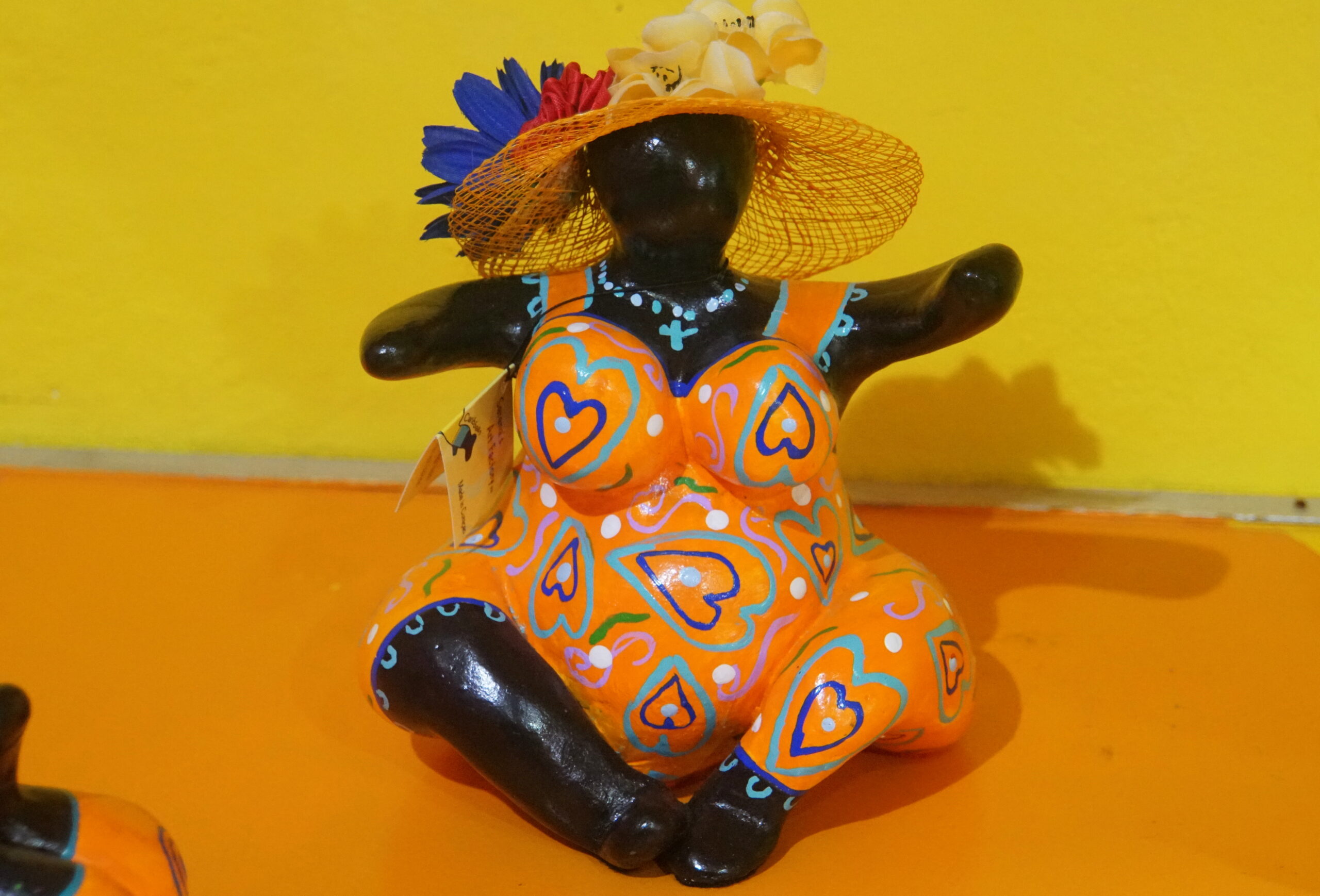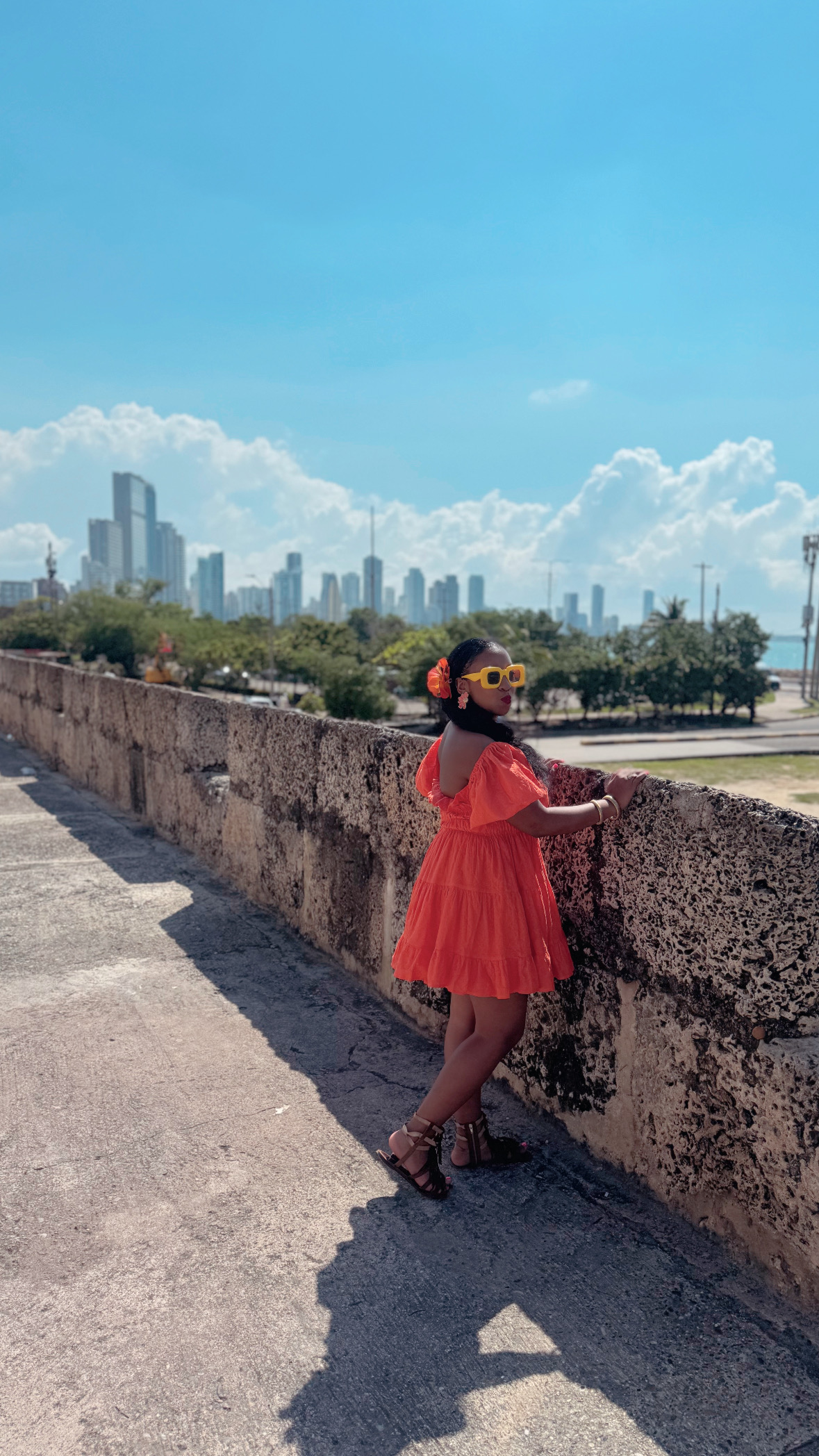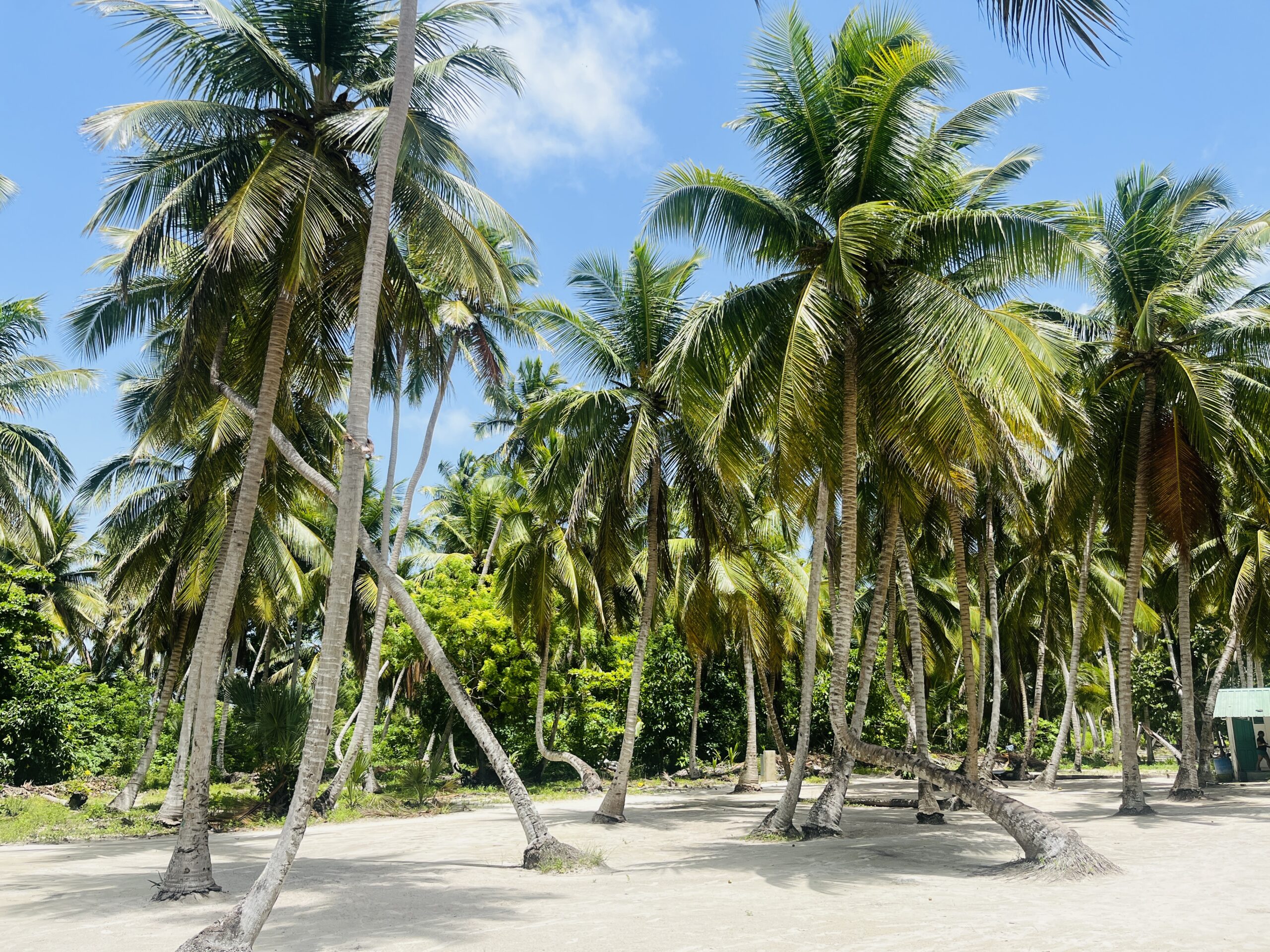How to Spend 8 Perfect Hours in Willemstad, Curaçao (Cruise Port Itinerary)
Docked in Curaçao for the day? This 8-hour Willemstad itinerary covers the must-see sights, colorful streets, local eats, and can’t-miss photo spots—all within walking distance of the cruise port.

One of the best things about docking in Willemstad, Curaçao? You can explore so much of this colorful city on foot—even if you’re short on time. With just 8 hours to soak it all in, the good news is that many of the top sights, bites, and photo ops are just steps from the port.
This 8-hour itinerary covers all the must-sees: vibrant neighborhoods, local eats, and cultural gems—perfect for a quick but memorable day in Curaçao. Bookmark this walking guide for your cruise stop in Willemstad!
Morning: Queen Emma Bridge & Floating Market
Start your day by crossing the iconic Queen Emma Bridge, a historic floating pontoon bridge built in 1888 that gently swings open for passing ships. Known as the “Swinging Old Lady,” it’s not only a vital connection between the Punda and Otrobanda districts but also one of Willemstad’s best photo spots — perfect for snapping waterfront views framed by colorful Dutch colonial buildings.
Afterward, wander over to the lively Floating Market, where Venezuelan vendors sell fresh fruits, vegetables, spices, and seafood right from their boats. It’s a bustling, vibrant spot to grab a tasty breakfast snack — try a local favorite like pastechi, a savory filled pastry that pairs perfectly with fresh tropical fruit or a cup of strong coffee. You can nibble on the go or soak in the market’s atmosphere, it’s a great way to fuel up for your day of exploring.

Midday: Street Art in Punda
Next up: Punda! This colorful neighborhood is one of the oldest parts of Willemstad and it’s basically a real-life postcard. Picture narrow streets, pastel buildings, and colonial architecture mixed with bold, modern street art everywhere you look. Originally settled by the Dutch back in the 1600s, Punda has major old-town charm—but these days, it’s also a creative hotspot for local artists.
The walls are covered in vibrant murals that tell stories of Curaçao’s culture, diversity, and local pride. Some are abstract, some are portraits, and some are just pure fun. A lot of them were part of local art projects that brought the community together, which makes them even more special. Wander through the alleys, snap all the pics, and definitely stop by the famous “Dushi” and “Curacao” signs—they’re iconic for a reason.
Lunch: Plasa Bieu
When it’s time to refuel, head over to Plasa Bieu (also known as the Old Market)—one of the best spots on the island for an authentic, home-cooked Curaçaoan meal. Just a short walk from the Floating Market, this bustling indoor food hall is where locals go for hearty island comfort food, and visitors come to taste the real flavors of Curaçao.
Inside, you’ll find a row of food stalls with giant pots bubbling over and the smell of spices filling the air. Menus are often handwritten, the portions are generous, and the hospitality is warm and unfussy. Try dishes like kabritu stoba (goat stew), fried red snapper, funchi (cornmeal mush, similar to polenta), and banana hasa (fried plantains).

Afternoon: Shopping & Departure
After lunch, take some time to explore the shops in the Punda district, where you can find local crafts, souvenirs, and Dutch delicacies. As you continue your journey, consider picking up a Chichi doll, a colorful and symbolic souvenir of Curaçao. These hand-painted figurines represent the “Chichi” or eldest sister in Papiamentu, embodying strength, pride, and family unity. Each doll is crafted by local women artisans, providing them with meaningful employment and a platform to showcase their artistic talents.
By purchasing a Chichi doll, you’re not just taking home a unique piece of art; you’re also supporting the empowerment of women in the community. It’s a beautiful way to bring a piece of Curaçao’s culture and spirit back with you. After shopping, start making your way back to the port to ensure you’re back at the port with ample time before your ship’s departure.



As you make your way back to the ship, you’ve probably noticed one thing that stands out above all: just how incredibly colorful Curaçao is. But have you ever wondered why the buildings are painted in such vibrant hues? Here’s the strange reason why Curaçao is so colorful.









